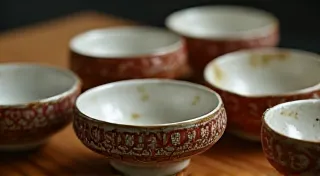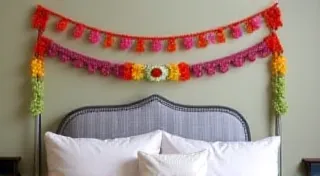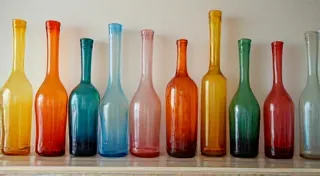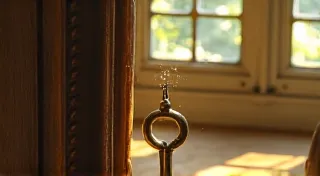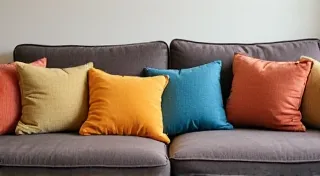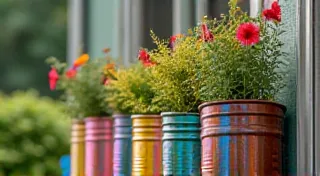Fractured Symmetry: Embracing Imperfection in a Curated Home
We’re bombarded with images of ‘perfect’ homes. Immaculate kitchens, flawlessly arranged living rooms, spaces that seem to exist solely for the purpose of appearing stunning in a magazine spread. But what about the beauty of the unexpected? The character imbued by age, the charm of asymmetry, the quiet elegance of what some might call "flaws"? This isn't about sloppiness; it’s about intentionality, about understanding how imperfections, strategically employed, can elevate a home from simply decorated to profoundly personal.
Think about antique accordions. They aren't sleek, streamlined modern instruments. They're a riot of brass, wood, and bellows, often bearing the patina of countless performances and the subtle marks of a life well-lived. A crack in the wood isn't a defect; it's a story etched into the grain. The slight variations in the bellows, the tiny dents in the keys – these aren’t imperfections; they're the echoes of music, of laughter, of shared moments. The beauty isn’t in perfect uniformity, but in the complexity born of age and use.
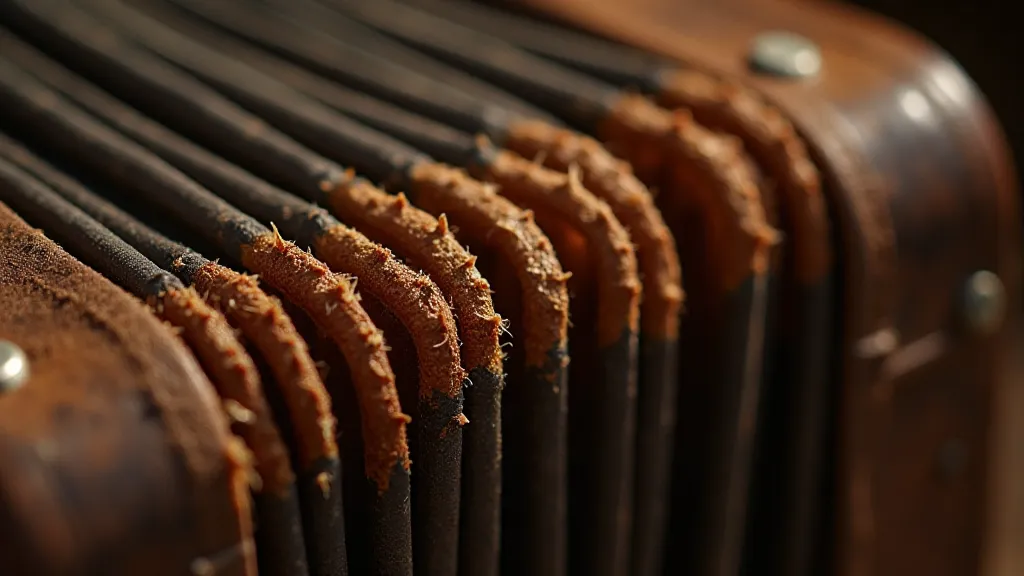
The Illusion of Perfection
The pursuit of "perfect" home decor is a relatively recent phenomenon. For centuries, homes were built and decorated based on practicality and available materials, not a pre-conceived notion of aesthetic ideal. Victorian homes, often perceived as overly ornate, were born of a time when craftsmanship was celebrated, and layering textures and patterns was a sign of prosperity – and a way to mask the realities of limited resources. Similarly, the ‘shabby chic’ aesthetic, with its distressed furniture and muted colors, is, in a way, a conscious rejection of this relentless pursuit of flawless surfaces. The desire to create a unique, inviting space often leads people to explore DIY projects, perhaps even tackling something as personal as an easy DIY headboard to transform their bedroom.
Social media has only amplified the pressure to create picture-perfect spaces. We see curated feeds of seemingly effortless beauty, often forgetting the hours of work, the carefully chosen props, and the filters that contribute to the illusion. The constant comparison can be exhausting and, ultimately, unfulfilling. True style emerges not from mimicking trends, but from creating a space that resonates with your own narrative.
Embracing Visual Discordance
Visual discordance isn't about creating chaos. It's about introducing elements that disrupt the expected, creating points of interest and depth. Think of a perfectly symmetrical room – predictable, perhaps even sterile. Now imagine introducing an asymmetrical arrangement: a collection of mismatched vases on a shelf, a single, striking piece of art hung off-center, a rug that doesn’t quite align with the furniture. This intentional imbalance creates a dynamic visual rhythm, a sense of movement and energy.
This doesn't mean ignoring basic design principles altogether. Balance, proportion, and color theory still matter. But instead of striving for rigid symmetry, think about creating a sense of *dynamic* balance – a feeling that everything is carefully considered, even if it doesn't appear to be perfectly aligned. Adding texture and personal touches, like handcrafted items, is a fantastic way to achieve this—sometimes even through a DIY project like creating some decorative throw pillows.
The Poetry of Weathered Finishes
There's a certain poetry in weathered finishes. A chipped paint layer on an antique dresser, the worn surface of a wooden floor, the subtle discoloration of a vintage textile – these aren't signs of neglect; they're testaments to time and use. They tell a story of lives lived, of hands that have touched, of memories created.
You don’t have to buy new furniture to achieve this look. Sometimes, a little distressing can transform a mass-produced piece into a unique and cherished heirloom. There are countless tutorials online demonstrating techniques for creating faux distressing – but remember, the key is subtlety. The goal isn’t to create a deliberately “fake” aged look, but to evoke a sense of history and authenticity. Consider preserving existing wear rather than completely refinishing – that single crack in the varnish can be more evocative than a perfectly polished surface.
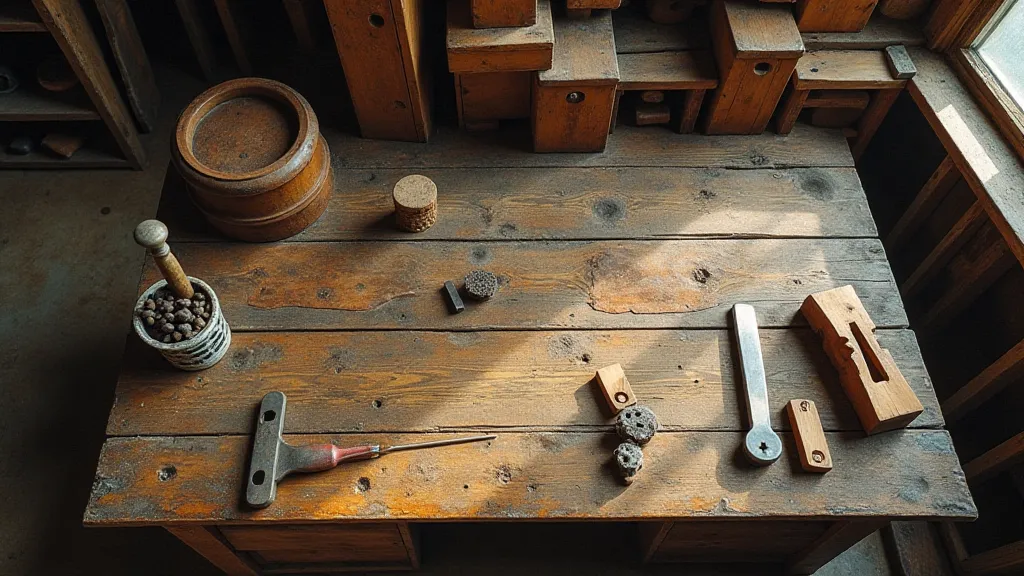
Craftsmanship and the Imperfect Hand
Mass production often prioritizes uniformity over individuality. But look closer at handcrafted items – a hand-thrown ceramic bowl, a hand-knitted blanket, a piece of furniture built with traditional joinery techniques. You'll notice subtle variations, slight imperfections that are inherent to the process. These aren't flaws; they’re marks of the maker's hand, evidence of a skill passed down through generations. They are almost like a piece of the cartographer’s atelier, mapping out not just landscapes but memories and emotions with every stroke.
Supporting artisans and seeking out unique, handcrafted pieces is a wonderful way to introduce character and authenticity into your home. Even better, consider learning a craft yourself! The process of creating something with your own hands, even imperfectly, fosters a deeper appreciation for the beauty of imperfection.
Collecting and Preservation – A Gentle Approach
Collecting antiques isn't about accumulating objects; it’s about curating a collection of stories. When acquiring vintage pieces, resist the urge to completely restore them. While some repairs are necessary to ensure structural integrity, preserving the existing patina and character is crucial to maintaining their authenticity.
Learn the basics of preservation – how to clean delicate textiles, how to protect wooden furniture from damage, how to store vintage paper safely. There are countless resources available online and in libraries. And remember, a little research can go a long way in understanding the history and significance of the pieces you collect. It’s a process of appreciating the details, much like someone creating a personalized and eclectic space – sometimes with a touch of bohemian flair, inspired by something like a DIY macrame plant hanger.
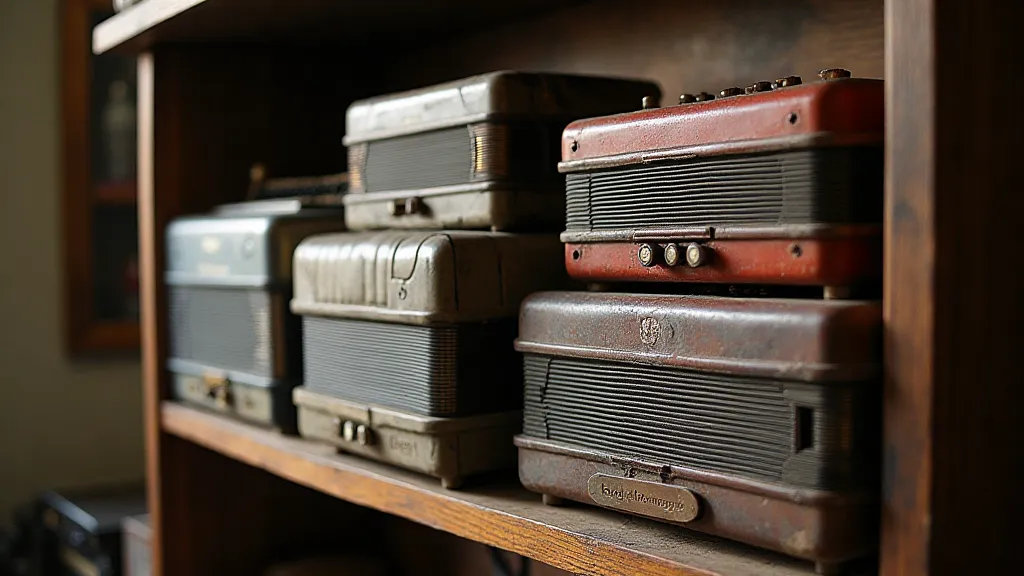
Creating Your Own Fractured Symmetry
Embracing imperfection in your home isn’t about abandoning style; it’s about redefining it. It’s about creating a space that is not just visually appealing but emotionally resonant – a reflection of your own unique story. Start small. Introduce a few mismatched elements, experiment with different textures, and don’t be afraid to break the rules. The most beautiful homes are not those that are perfectly curated, but those that are filled with character, authenticity, and the quiet elegance of deliberate imperfection. It's a philosophy that extends beyond décor, influencing how we view our surroundings and the objects we choose to surround ourselves with. The act of collecting and displaying these pieces is almost a conversation, a narrative unfolding with each unique item – a tapestry of time and experience.
Consider the emotional impact of texture. A rough-hewn wooden table tells a different story than a sleek, lacquered surface. The irregularities, the imperfections, they invite touch, they invite connection. It's about creating an environment that feels lived in, loved, and genuinely yours. It's a departure from the manufactured perfection we often see, and an embrace of the beauty that comes with age, use, and the mark of human hands. This extends to the smaller details too, the choice of lighting, the arrangement of artwork, the selection of fabrics – all contributing to the overall feeling of warmth and authenticity.
Ultimately, creating a home with fractured symmetry isn’t a trend, it's a mindset. It’s about appreciating the beauty of the unexpected, the charm of the imperfect, and the story that each object tells. It’s about creating a sanctuary that reflects your unique personality and celebrates the beauty of a life well-lived.
